A NEW ERA FOR MARA RHINOS
The Safari Collection and Footprint Trust are excited to be part of a pioneering rhino monitoring project in Kenya. We recently helped coordinate a successful seven-day operation to GPS tag and ear notch 13 black rhinos in the Masai Mara National Reserve. This was in collaboration with Narok County Government, the Kenya Wildlife Service, the Wildlife Research and Training Institute and local and international conservation organisations.
The tagged rhinos belong to one of only two free-ranging, indigenous eastern black rhino (Diceros bicornis michaelli) populations in Kenya. This means they are not constricted by fences and free to roam across borders. Already, hourly updates from the ear tags are providing invaluable data to the Reserve’s Rhino Ranger Unit and adding to our understanding of how best to protect these critically endangered creatures.
Approaching with caution as the darting drug takes effect
“Ear notching is needed to individually identify rhinos; it is part of the rhino monitoring protocol, which aims for 60% of any population to be notched and identifiable. Ideally, notching is needed every 2 to 3 years, depending on the population.”
~ Linus Kariuki, KWS Head of Rhino.
Ear notching is the method of clipping a small section or sections (usually in a ‘v’ shape) from a rhino’s ears to allow the animal to be easily identified and monitored.
Why the need?
The Mara has the potential to support one of the largest black rhino populations in Kenya. However, despite witnessing a significant increase in numbers from a low of 11 in 1984 (due to poaching), to approximately 55 to 70 individuals (with around 38 ear-notched) at present, the population remains below its recorded peak of around 150 in the 1960s. The Mara black rhino population holds immense significance as one of Kenya’s two ‘indigenous’ populations, with no translocation of individuals from other areas.
Black rhino in the Masai Mara, newly ear notched and tagged
To safeguard the future of black rhinos in the Mara, slow population growth and range expansion are crucial concerns. Factors like the decline in woodlands, disturbance of breeding areas by tourism and inadequate coordination of rhino surveillance across the ecosystem pose significant challenges.
“It’s trying to find the balance between how we can get the most out of the Mara without compromising the success of a critically endangered eastern black rhino population. Using the technology that we have at our disposal, we must bring all the data together to help the Masai Mara.” ~ Grant Burden from 51 Degrees
Effective management of this population is vital in achieving the goals of the Kenya Black Rhino Action Plan, which recommends standardised rhino monitoring and reporting protocol across the Mara-Serengeti ecosystem. It also suggests at least 90% of the Mara-Serengeti rhino population should be genetically profiled.
Aerial view of the tagging exercise
“The rhino team is a select team of 37 officers who are very dedicated to monitoring. It is one special team for the park, because this is the team who closely protect this endangered species which is an attraction for visitors to come and see in the Mara.” ~ Stephen Minis, Chief Park Warden
Today, thanks to the dedication of the Mara Rhino Ranger Unit, black rhino numbers are increasing. We’re passionate about doing everything we can to support this upward trend. However, it takes expert daily monitoring to protect these majestic creatures; a key issue hindering efficient rhino monitoring is the lack of real-time tracking.
“Keeping 37 rangers travelling 1,500 km² is not easy. It’s not easy to spot these animals on normal patrols, you have to dedicate a lot of time, resources and equipment to be able to track them. We have a transboundary population that cross between Kenya and Tanzania, sometimes they go for a long time, so ear notching helps to identify individuals, whilst GPS tagging helps to inform us how far they go into community areas and how far they cross into the border.” ~ Samuel Leposo, Chief Officer Tourism and Wildlife, Narok Country Government
The Masai Mara National Reserve is installing cutting-edge technology as part of the Reserve’s new Management Plan. The system, called EarthRanger, works alongside a new wireless LoRa WAN (long range wide area network) to collect, integrate and display real time data from tracking devices across the Reserve, greatly improving management, monitoring and anti-poaching efforts.
Each rhino was darted from the Sheldrick Wildlife Trust helicopter by a skilled KWS vet
Collaboration for rhinos
The operation was a partnership between the Narok County Government, the Kenya Wildlife Service, the Wildlife Research and Training Institute, The Safari Collection Footprint Trust, the Sheldrick Wildlife Trust, Mara Conservancy and 51 Degrees Ltd
The professionalism and collaboration which characterised the tagging operation was incredible. A team of around 50 people came together from different government agencies and conservation organisations, each with their assigned roles and each making the most of the opportunity of having a critically endangered wild animal at hand.
“My team and I have firsthand experience in managing these rhinos. We know them by their home ranges, their IDs and also their names, so I was really active in locating them.” ~ Stephen Kenta, Mara Rhino Warden for Narok Country Government
The Sheldrick Wildlife Trust lent their helicopter and pilot, an invaluable tool in helping to locate and dart the rhinos ©Roan Carr-Hartley
“Communication between the ground team and air team is vital”.
~ Dr Isaac Lekolool, Head of Operations and KWS Head Vet
Although the main objective was to ear notch the rhinos, scientists from the Wildlife Research and Training Institute (WRTI) collected all manner of samples at the same time, which will help to advance rhino knowledge and conservation efforts. Vets and researchers took the opportunity to collect blood, skin, horn and fecal specimens. Details from these will be fed into the national rhino database, ‘Kifaru’, as well as the international Rhino DNA index system ‘RhODIS’. Three rhinos received horn implant sensors, but since the horns need be large for these to safely fit, most of the rhinos were fitted with GPS ear-tags.
A WRTI Scientist collecting data whilst the notching was underway
“ We need to collect samples for genetics, for population reproductive health performance in terms of looking at stress hormonal levels and also the general health status of the species in the Mara.” ~ Cedric Khayale, Senior Research Scientist, WRTI
It’s all hands on deck to fit the tag, notch the ear and take samples once the rhino is down
Pioneering technology
Only a few rhinos in Kenya now have this GPS ear tag tracking technology fitted. But it is the combination of these transmitters alongside the new EarthRanger system and LoRa network, which makes this operation so exciting. We can now really gain an insight into where and how these animals are moving and behaving within the landscape. It will revolutionize rhino monitoring in the Mara and hopefully set a benchmark for more effective rhino management across Kenya.
KWS Senior Veterinary Officer, Dr Mukami Ruoro-Oundo, stabilising the rhino after darting
“These animals for me represent success and growth. After their steep decline in the 80s, we have seen efforts to conserve them, we have put in a lot of work, a lot of resources and we’ve seen the community, together with the government, coming in to ensure that these animals have their population grow. When I see them out in the wild living and thriving, it makes my heart very happy. It reminds me that we can still do some good here on this earth.” ~ Dr Mukami Ruoro-Oundo, KWS Senior Veterinary Officer
A team effort – bravery and skill were essential, both in the air and on the ground
What next?
With the introduction of this innovative technology heralding a new era for rhino conservation in the Mara, the data being collected each hour is already providing an invaluable insight into daily habits of the Mara’s rhino population. By providing a clear picture of how rhinos use the landscape, this new-found understanding will help the Rhino Rangers and Reserve Management to make informed decisions on how to protect them. In line with the Mara Management Plan (2023-32), the implementation of conservation technology will help professionalise the way the Reserve is managed, as well as aid research and monitoring of its wildlife.
This operation forms part of Kenya’s Black Rhino Action Plan which aims to have at least 60% of the black rhino population notched by 2026. Another ear notching and tagging operation will likely take place in two to three years’ time and we are very keen to play our part in making this happen.
“It [protecting the Mara’s rhinos] means a lot to the community, as it means they earn money through the park by doing safaris, by earning from tourist properties and for management and employment of people who work in the park. It means a lot to all of us.” ~ Marley Sianto, Assistant Director, Tourism and Wildlife, Narok County Government
The exercise would not have been possible without the expert flying and spotting skills of brothers Taru (helicopter pilot) and Roan (fixed-wing pilot) Carr-Hartley from the Sheldrick Wildlife Trust, along with Asuka Takita (fixed-wing pilot) from the Mara Conservancy.
Want to help protect critically endangered black rhinos in Kenya? There are many ways in which you can support the work of the Mara Rhino Rangers or even help fund the next tagging and notching operation. Get in touch with our Footprint Trust to find out more at: footprint@thesafaricollection.com
RELATED NEWS

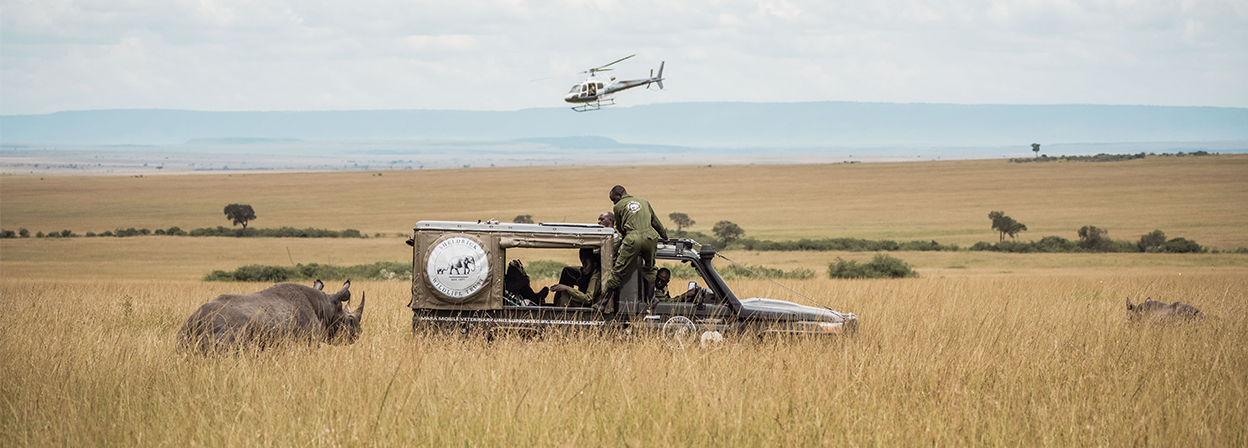
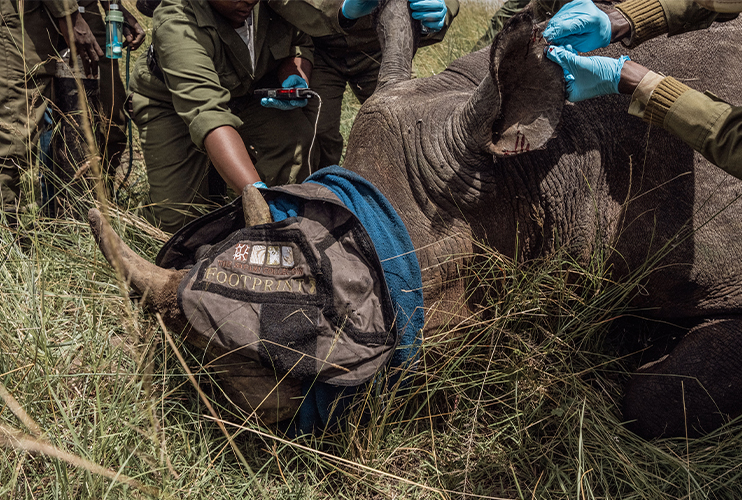
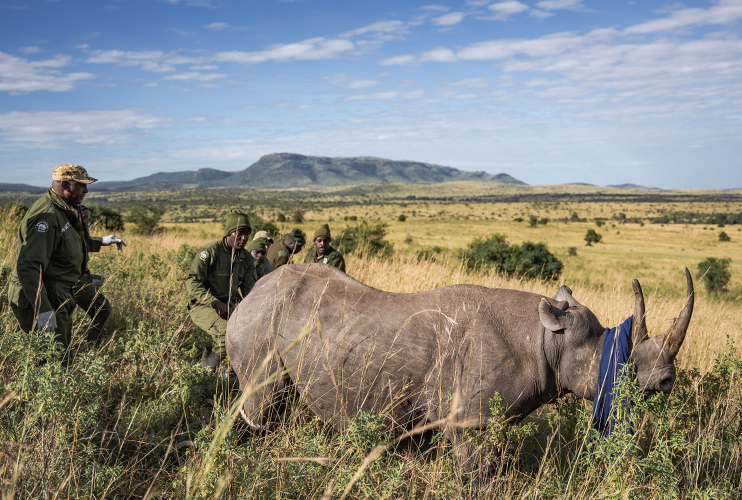
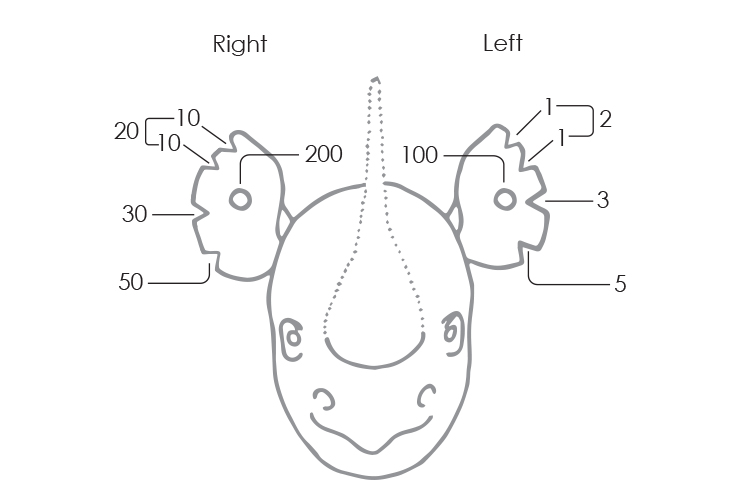
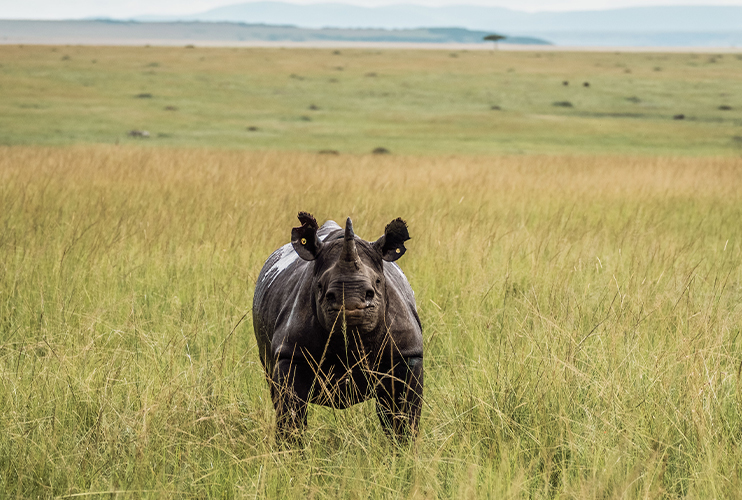
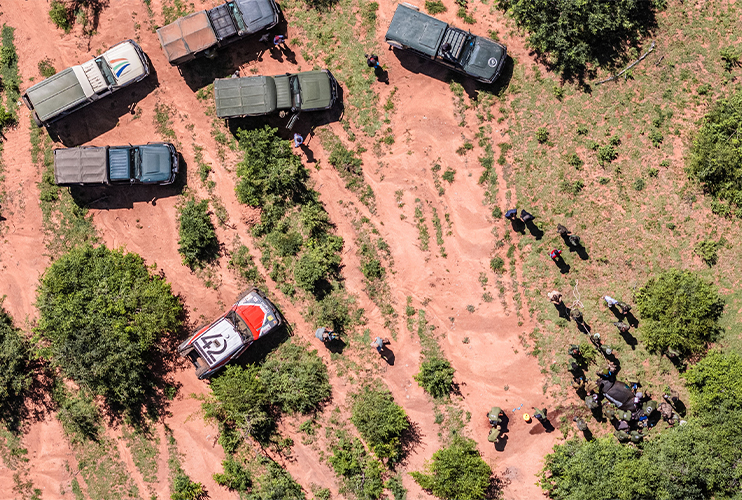
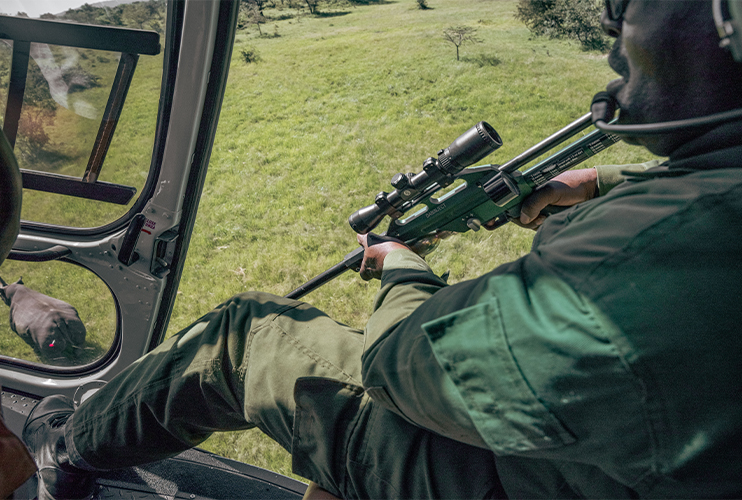
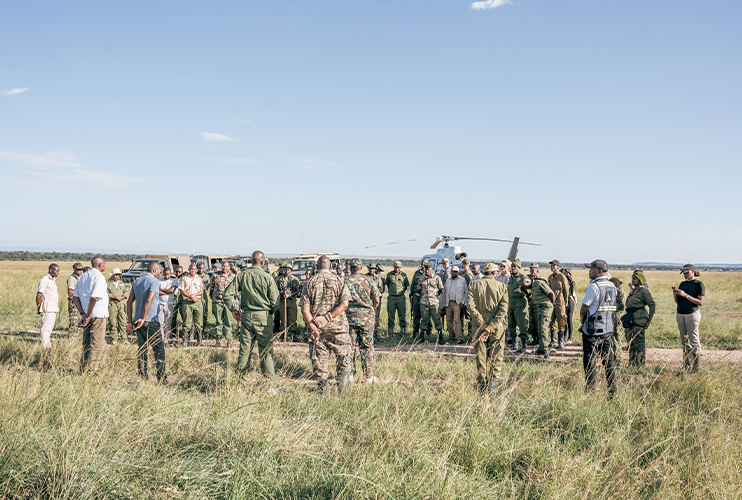
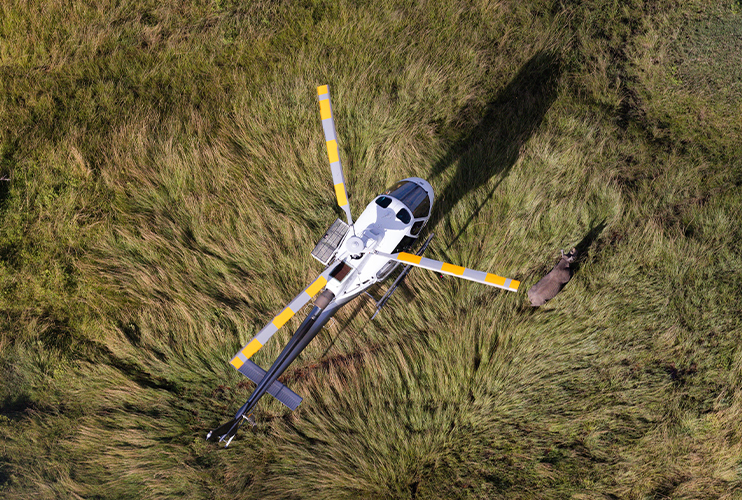
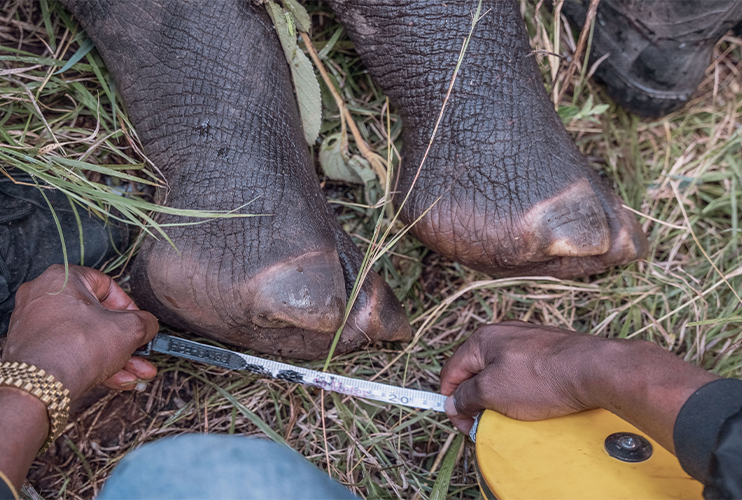
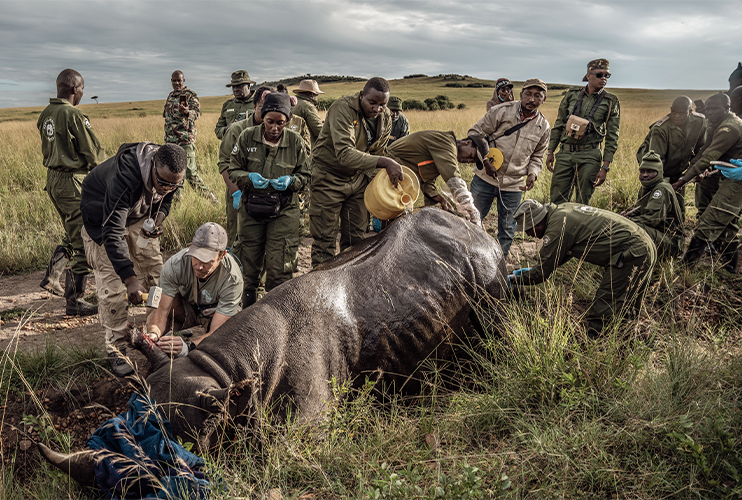
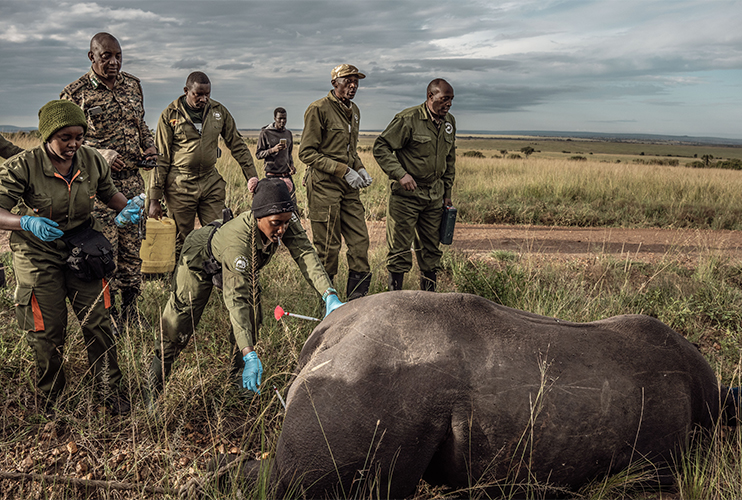
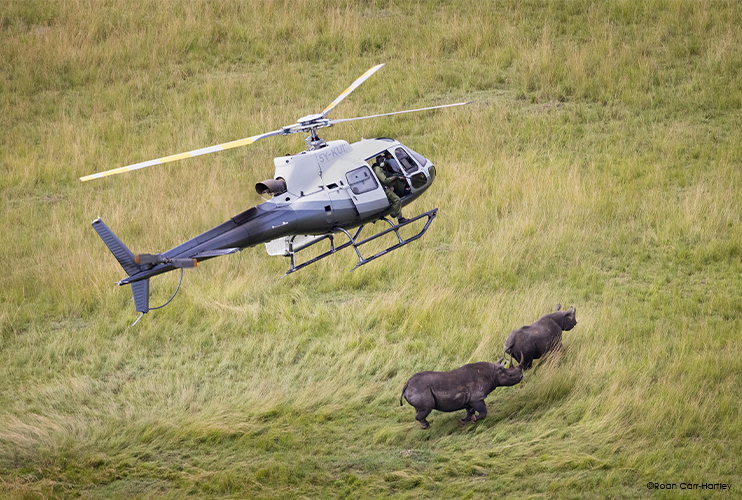
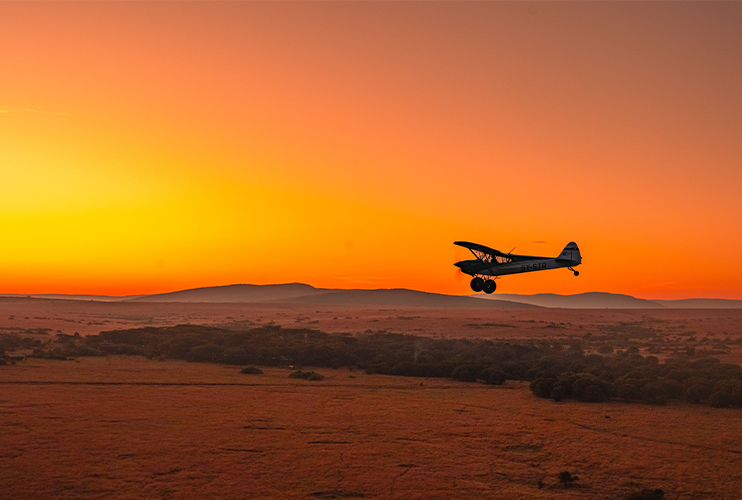
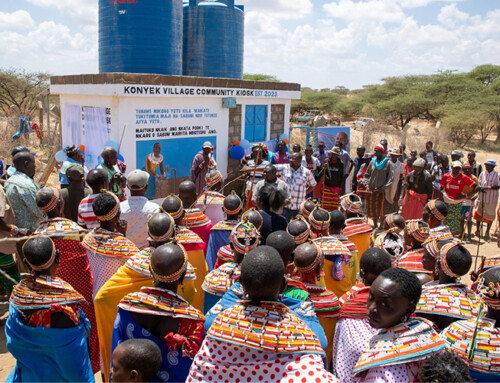
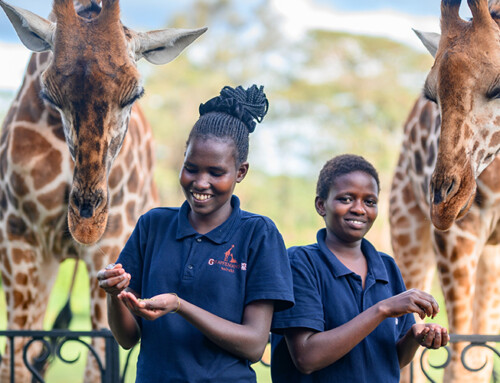
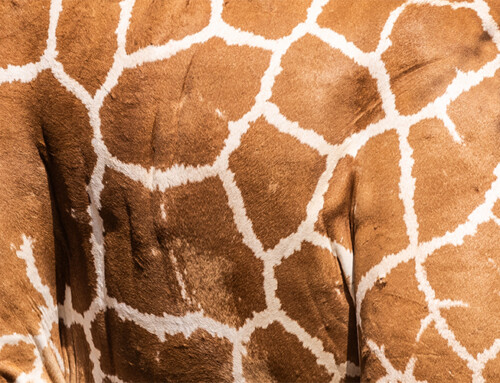
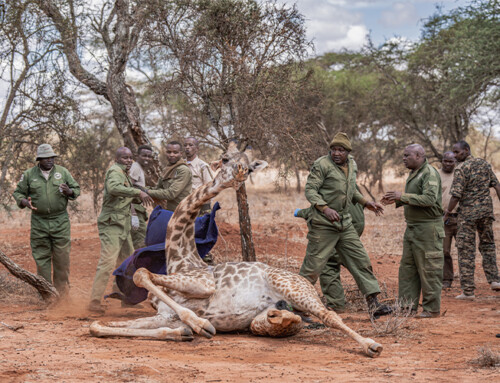

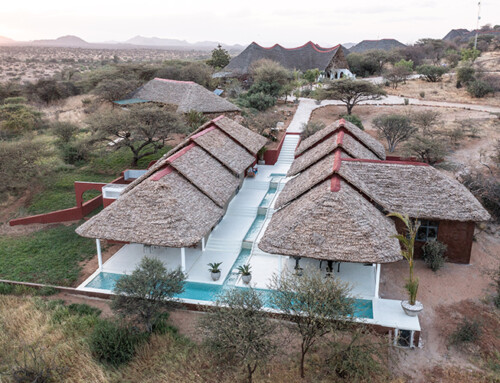
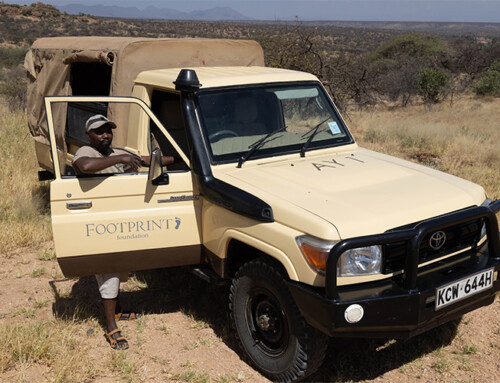


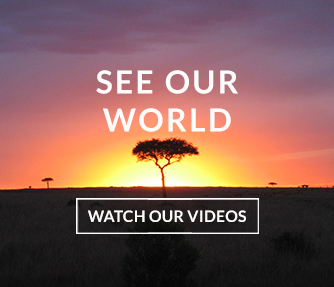




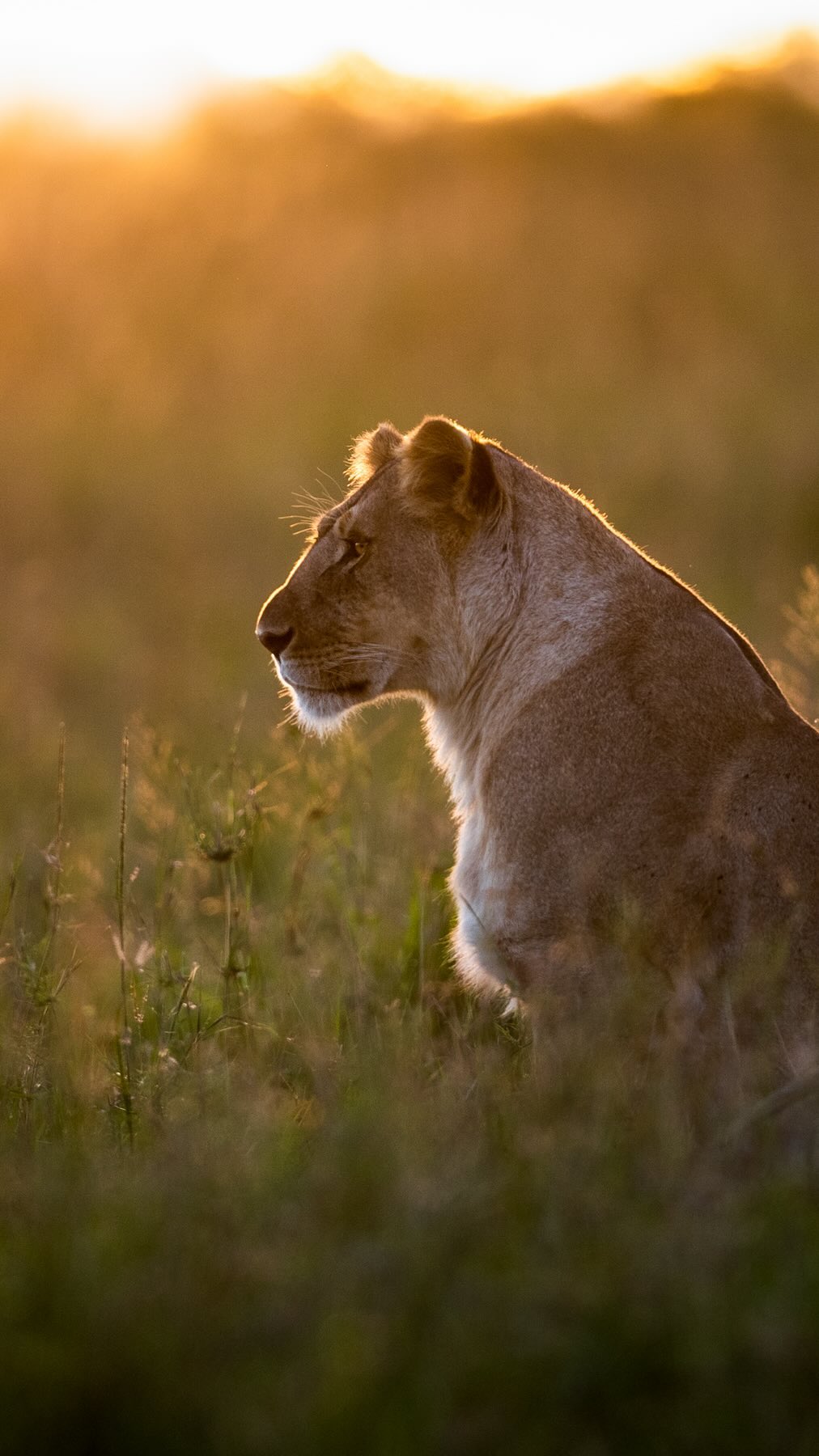
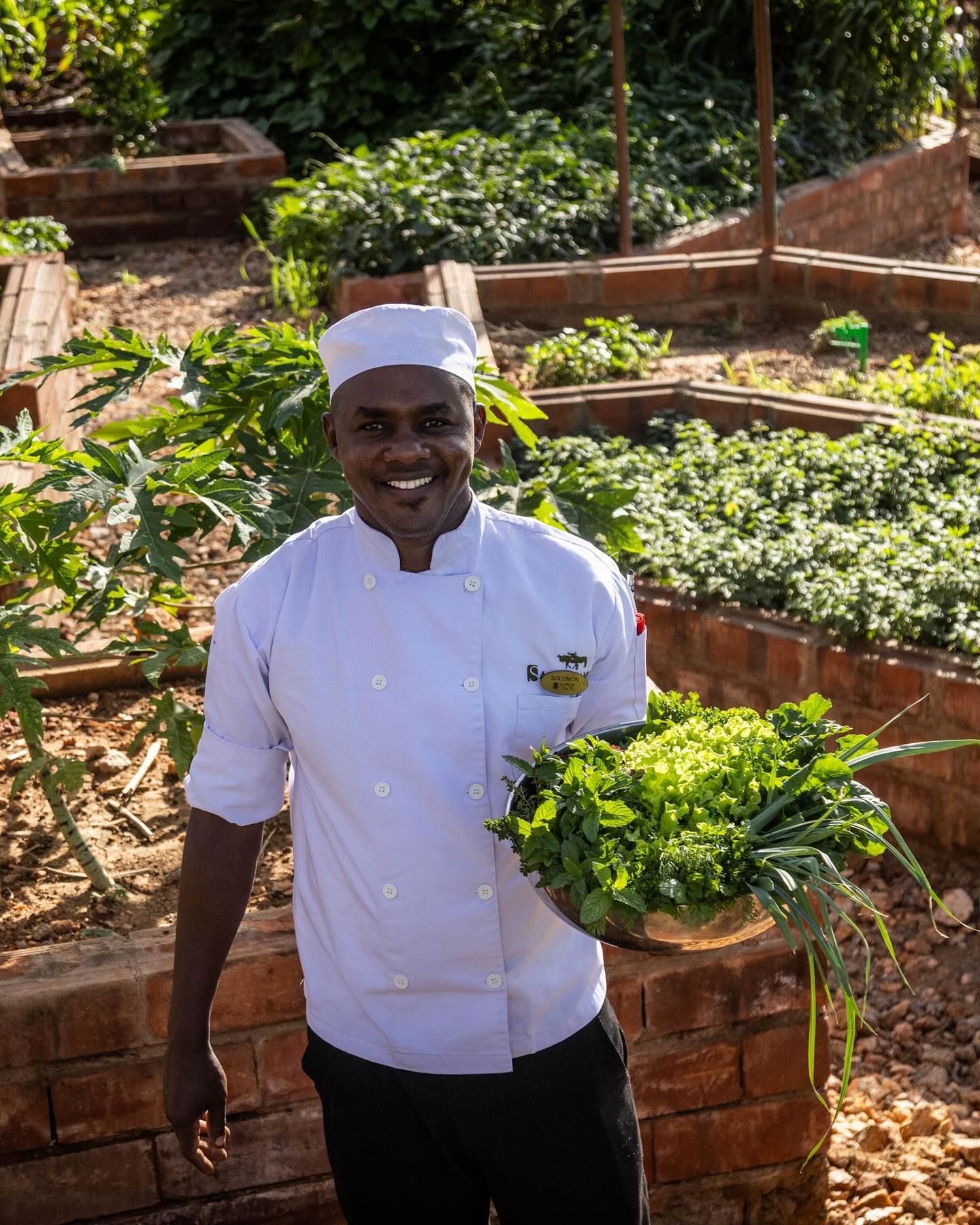
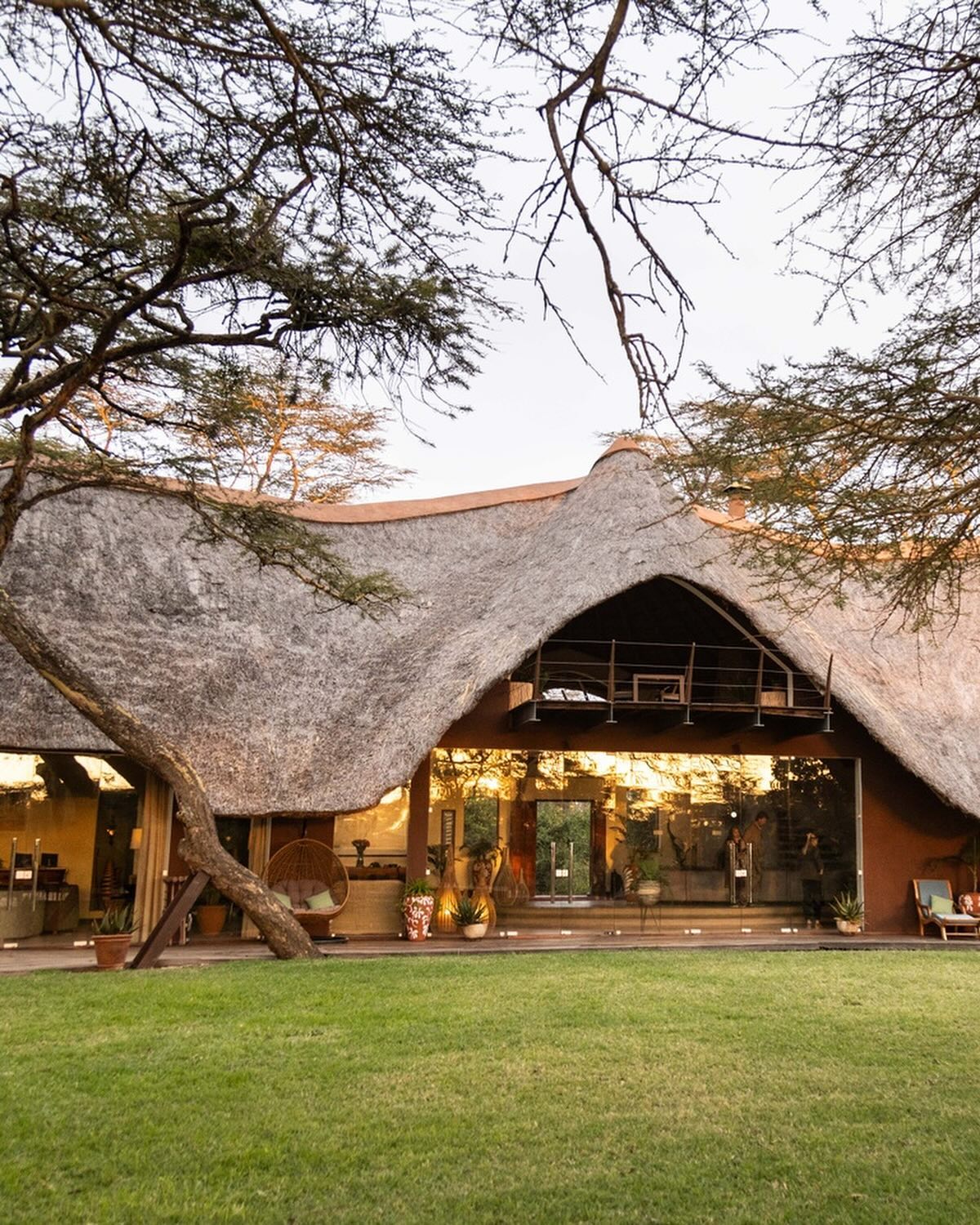
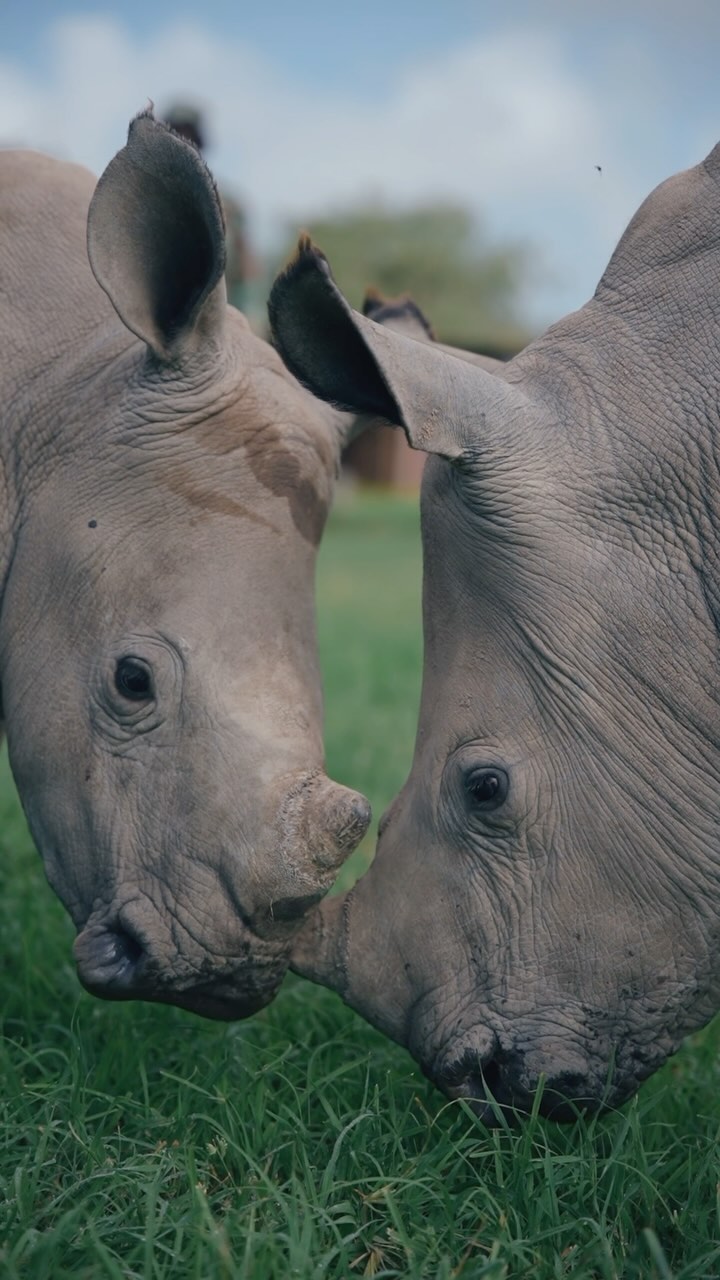
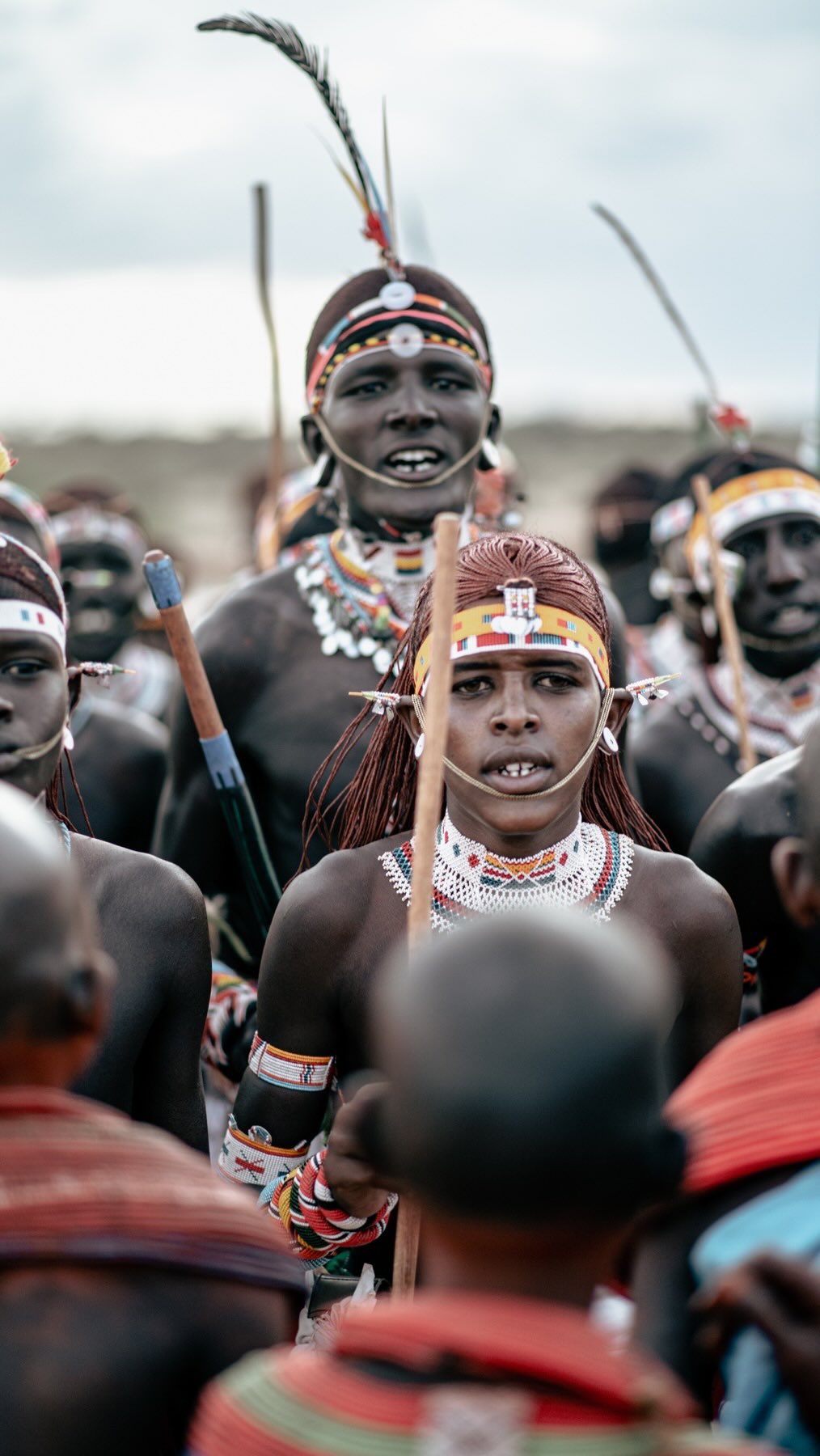
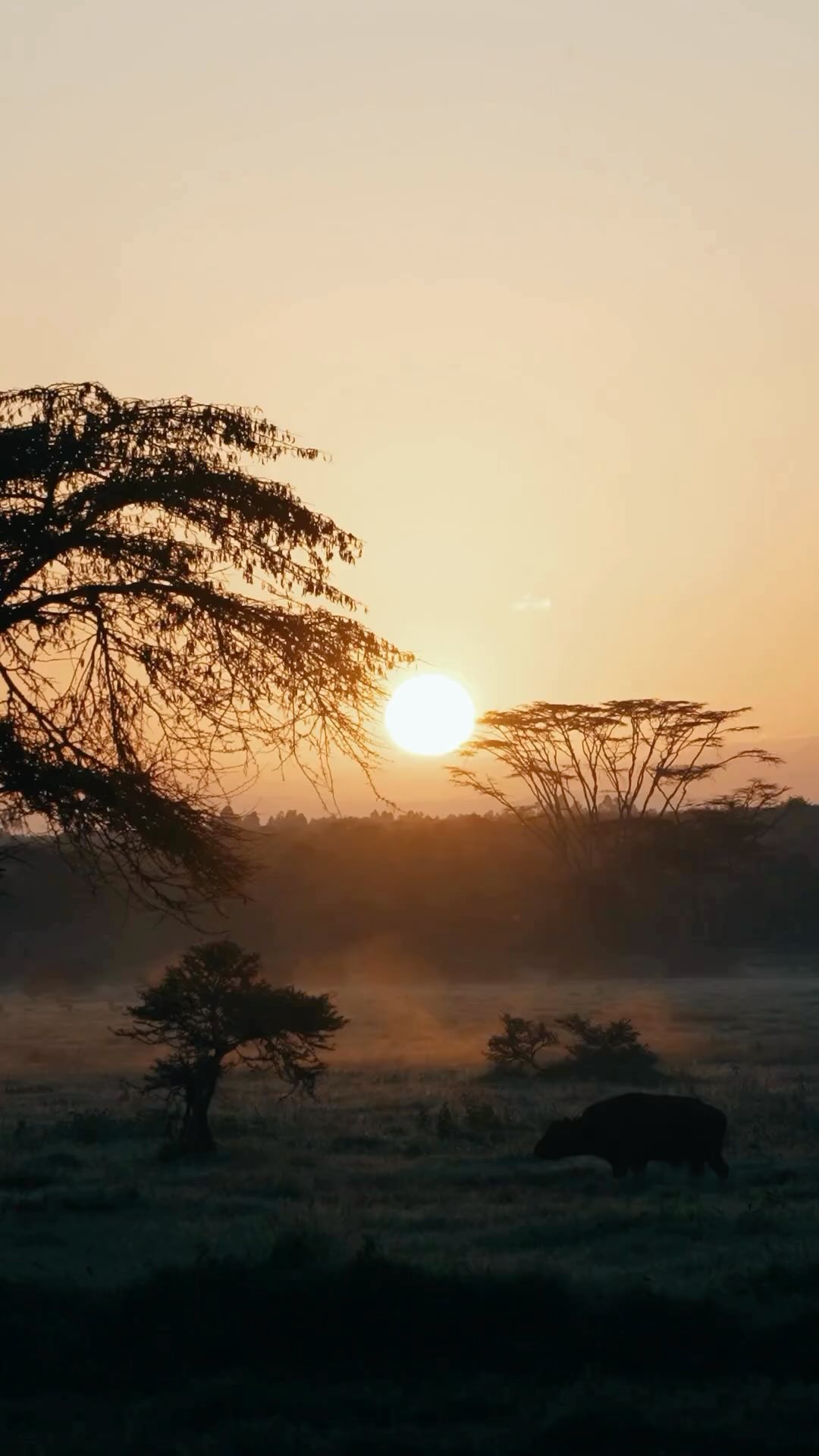
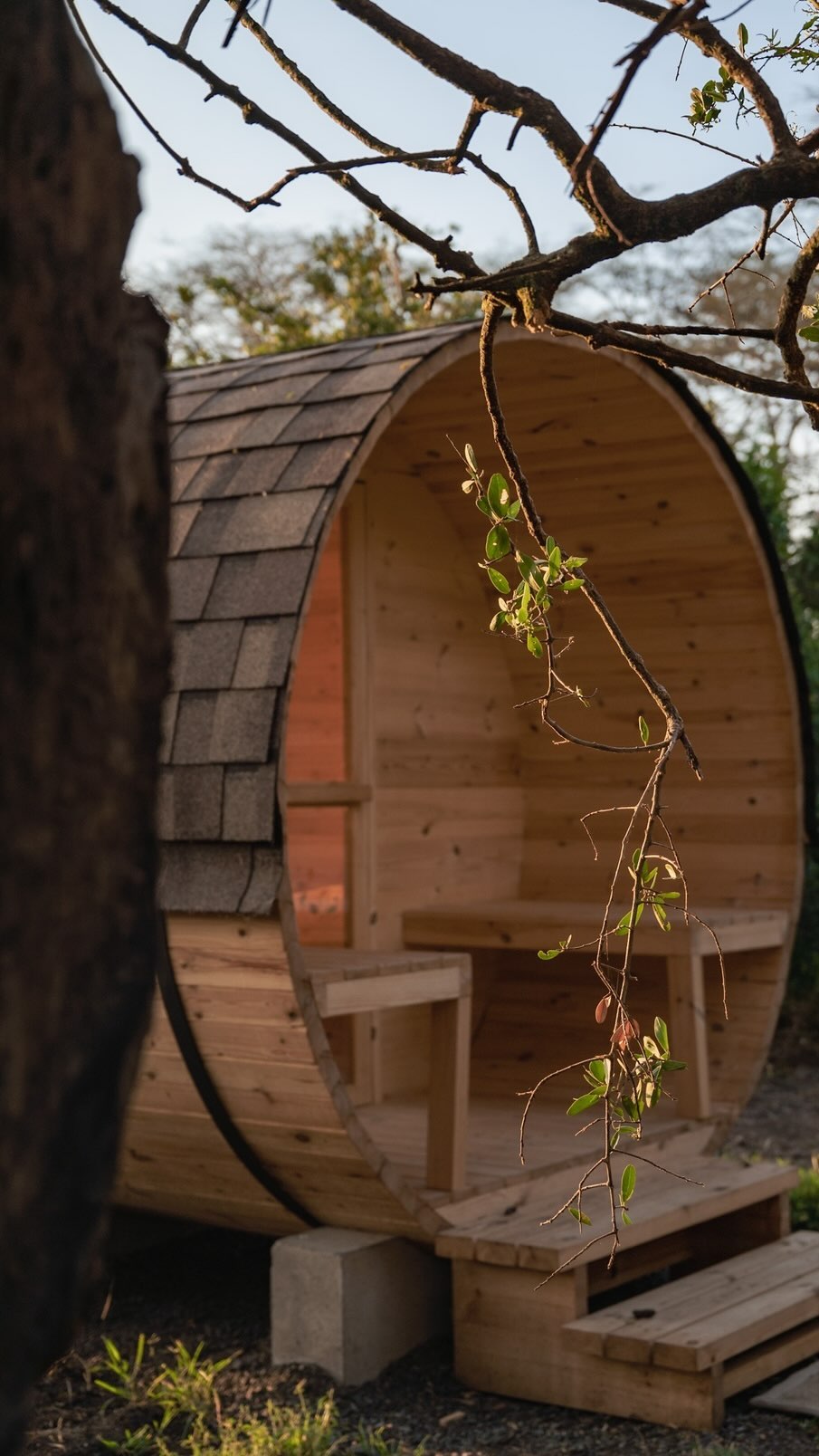

CONNECT & FOLLOW